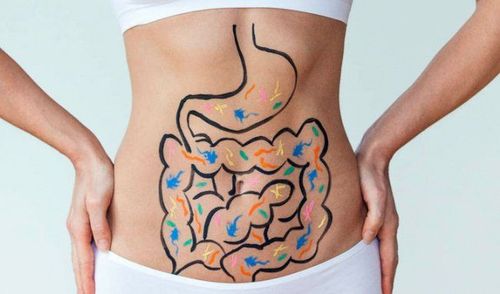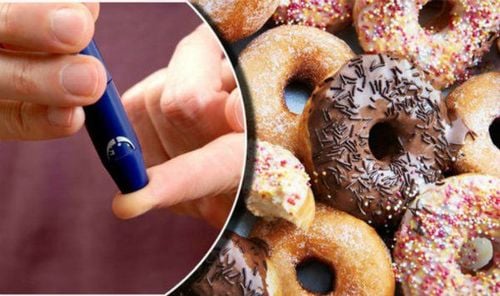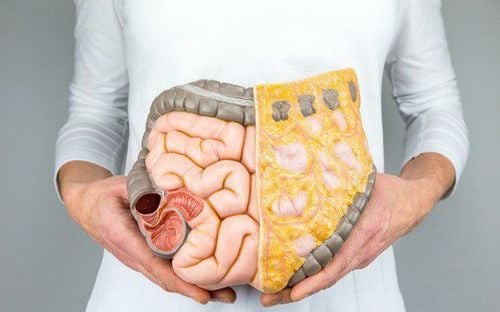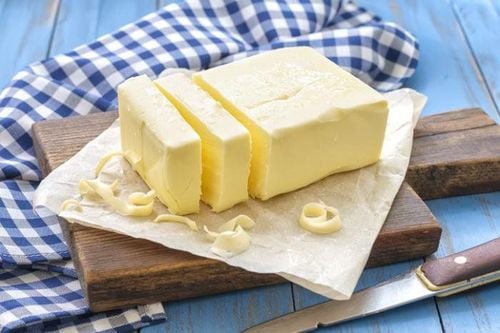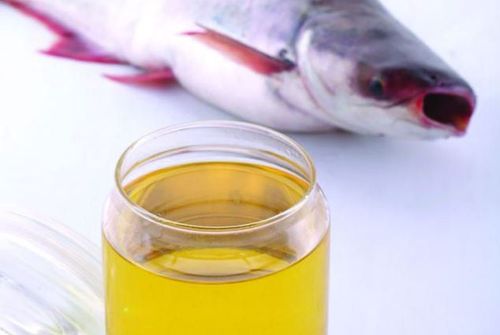This is an automatically translated article.
Fats, when processed at high temperatures for a long time or stored improperly, often decompose and produce toxic substances. Therefore, knowing what is the safe temperature level in cooking as well as the dangerous temperature zone in food processing is extremely important for the food to be processed to ensure both deliciousness and nutrition. .1. What is fat?
Fat is a form of lipid. They include a group of compounds that are soluble in organic solvents and are generally insoluble in water and lighter than water.Belongs to the group that provides energy, along with carbohydrates, protein, but fat provides the most concentrated source of energy, 1 gram of fat provides about 9 calories of energy, while 1 gram of carbohydrates or substances Protein provides only 4 calories.
2. Why does the body need fat?
Fat performs many functions and has many benefits for human health:Provides energy: Fat is an abundant source of energy. Fat stored in the body helps protect organs, keep the body warm and provide an abundant source of energy for you when hungry. Regulation of hormones and genes: Fat regulates the production of reproductive hormones and steroids, as well as genes involved in growth and metabolism. Supports brain function: Getting the right amount of fat is important for the brain, including mood. Absorption of fat-soluble vitamins: Vitamins A, D, E and K must be taken with fat for best absorption. Enhances taste and satiety: Adding fat to foods makes them tastier and more filling.
3. What types of fats are there?
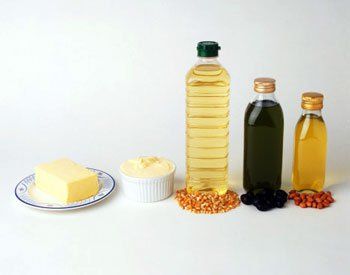
Có những dạng chất béo nào?
Animal fats often contain a lot of saturated fatty acids, also known as saturated fats, which are easier to solidify. Meanwhile, vegetable fats, which are high in polyunsaturated fatty acids, generally have a lower freezing point. Unsaturated fatty acids are more beneficial for health, especially for the cardiovascular system, so in principle the lower the freezing point of fats, the better for health and vice versa.
In the family kitchen, it should be noted that there must always be 2 types of oil at the same time. Saturated fats are more resistant to heat and produce less toxins during food processing, so a heavy oil used for frying at high cooking temperatures is required. Unsaturated fatty acids, although good for health, are easily decomposed and produce toxins when used at high cooking temperatures for a long time, so a light oil is required for mixing salads, cooking porridge for children, and marinating foods. ...
4. How does temperature cause fat to be converted?
Fats, when processed at high temperatures for a long time or stored improperly, are often decomposed and produce toxic substances (acrolein, oxidizing radicals...) that can cause acute poisoning or long-term cell damage. . Therefore, it is necessary to store the fat in a dark, cool, dry place, and do not reuse the used grease.Geometric isomers are usually in the cis form, which when heated will change to the trans form. For fatty acids, the cis isomer will be easier to digest, less stable, and the melting point is lower than that of the trans fatty acids.
When cooking for too long on high processing temperature, the oxidizing unsaturated fatty acids lose their beneficial effects, but at the same time, the double bonds in the structural components of the acids are broken into intermediate products. For example, peroxide aldehyde is very harmful to the body.
When baking food with a fire, a charcoal stove, the fat molecules melt and fall, creating a delicious taste, but in fact, it is an aromatic carbide, which is not good for the body. is the causative agent of cancer.
In the process of frying, if the oil is allowed to be heated to old age, there is a phenomenon of smoking or boiling for a few hours (for example, the frying of pre-fried food stores with potato cakes, banana cakes, fried doughnuts, fried spring rolls, etc.) .) then the temperature of the oil is guaranteed to exceed 180 degrees Celsius.
Therefore, it is not recommended to reuse the excess processed fat, or cook for too long in the temperature zone when Highly processed, do not eat fried and grilled processed foods without knowing the process of processing through grease.
5. Note when using vegetable oil
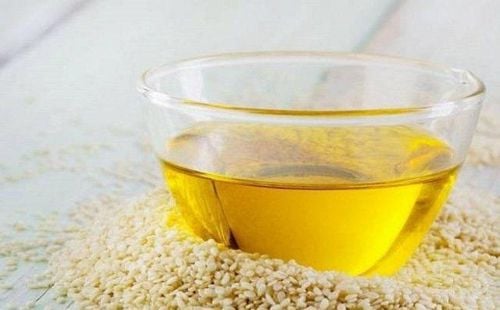
Dầu từ thực vật khi được đun nóng quá 180 độ C là nằm trong vùng nhiệt độ nguy hiểm trong chế biến thực phẩm
Specifically, when exposed to high processing temperatures, the fatty acids of vegetable oils become disturbed in the structure of cells, potentially causing mutations in genes. In addition, they can produce biological amino acids that increase the risk of cancer, especially common cancers such as rectal cancer, breast cancer, and cancer. lung or hepatocellular carcinoma. In addition, trans fats also have the ability to weaken the body's immune system by an excess of lipids.
Oil often oxidizes when frying. The fatty acids after oxidation will convert the product into aldehydes and lactones, which will create the delicious aroma for each fried food. And most of these compounds are based on linoleic acid.
In the process of auto-oxidation of unsaturated fatty acids, there is a risk of explosion because of the formation of free acid radicals. These acid radicals are released when an unsaturated fatty acid is directly exposed to fresh oxygen in the air, catalyzed by the presence of many metals: iron, nickel, copper. Fatty acids include linked fatty acids, free fatty acids (this type of fatty acid is available in pure oil or they are produced by chemical hydrolysis of frying and frying). The result after the process will make the oil darker, so will the food, the taste will be more unpleasant, it is often said that it is a burnt smell. Foods that are fried in oil and fried many times will have this condition.
6. What is the safe temperature range for cooking?
At a temperature not exceeding 102 degrees Celsius, fats, specifically oils and greases, have no significant change other than liquefaction and are considered safe and guaranteed.Regarding the heat of fat processing, in order to ensure good nutrition and safety, vegetable oils should not be heated to a temperature exceeding 180 degrees Celsius. However, nutrition experts say that, it is not possible to always use a thermometer to measure the oil level in a pan or pot for cooking or frying, so the easiest way is for housewives to know the oil temperature through touch, especially you. should note: the longer the oil boils, the higher the heat increases.
Therefore, when using vegetable oil to fry dishes, we need to process it quickly, put the pre-processed foods in and cook with fat as soon as possible, the better, definitely not letting the oil get burnt. long boiling. At the same time, do not fry food with the microwave's electromagnetic waves because they have high power and high heat.
According to the recommendations of nutritionists, normal healthy people should use both vegetable oils and animal fats at the same time, and children should only use less than a certain ratio of 50:50.
For people at risk of obesity, high blood cholesterol, or people with hyperlipidemia, high blood pressure, or diabetes... should only use vegetable oils, in order to minimize the amount of substances tolerable. fat from animals is converted into the body.
Fat has many important roles such as making food taste better and helping you feel full. However, fat should be processed at a suitable temperature so that the nutrition of the food can be preserved without causing harm to the body.
Please dial HOTLINE for more information or register for an appointment HERE. Download MyVinmec app to make appointments faster and to manage your bookings easily.




